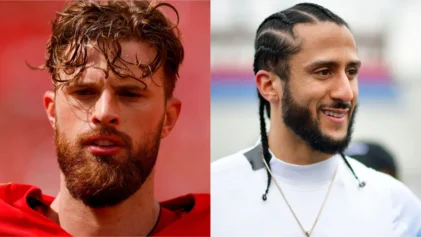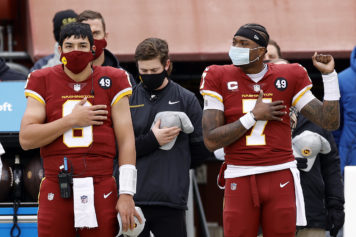
But string together the sexual assaults and the degrading workplace harassment, and we are talking about a woeful, shameful pattern. Football’s concussion problem is so glaring that it rightly deserves attention, but it’s past time for this sport to address its various problems with sex and sexuality, too.
Sharper was arrested in Los Angeles in January, when he was working as an analyst for NFL Network, based on two rape allegations from the fall and winter. He was the subject of a third sexual assault investigation in New Orleans last September.
Now TMZ reports that the charges he faces include “two counts of rape by use of drugs, four counts of furnishing a controlled substance and one count of possession of a controlled substance, all felonies.”
According to the accounts of the women involved, Sharper’s thing is picking up women, inviting them back to his hotel room, and then giving them a shot—which makes them pass out. The drugs he’s allegedly using are the ingredients in the sleeping medication Ambien.
Sharper, who has played for the Packers, Vikings, and Saints, is responsible for his own behavior, of course. But if he’s guilty, his conviction and sentencing, however justified, won’t be enough. Advocates like Katherine Redmond Brown, founder of the National Coalition Against Violent Athletes, have been pushing for decades for the sport to address the problem of violence toward women head on. She means at college and high school as well as pro teams. The NFL, and the NCAA too, have a chance to lead here. So far, though, they seem content to just sit and nurse the bruises from headline after headline.
Source: slate.com


